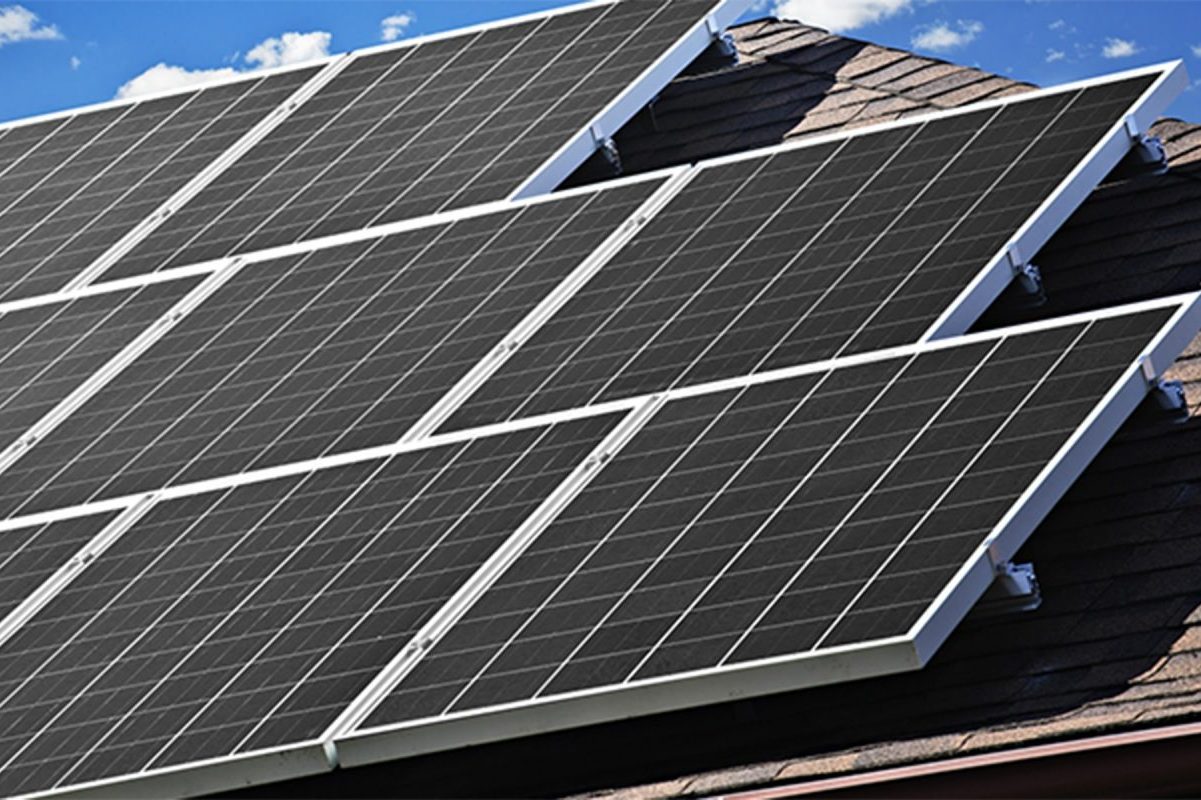Slash your energy bills and cash in on generous incentives by going solar now. Federal tax credits cover 30% of your solar installation costs, while many states offer additional rebates and credits. Net metering programs let you sell excess solar power back to the grid, further reducing your bills. With plummeting solar panel costs and skyrocketing electricity rates, the financial benefits of home solar have never been better. Act now to lock in these incentives before they phase out.

Federal Solar Tax Credit
How to Qualify
To qualify for the federal solar tax credit, you must own your home and the solar panel system, which can be installed on your primary or secondary residence. The system must be placed in service during the tax year, and it must generate electricity for a home located in the United States. There is no income limit to claim the tax credit, and you can still qualify even if the solar panels are financed through a loan or purchased outright. Homeowners should obtain a certificate from the solar installer confirming that the system qualifies for the tax credit.
Calculating Your Savings
To estimate your solar tax credit, multiply the total cost of your solar installation by the current tax credit percentage. For example, if your solar panel system costs $20,000 and the tax credit is 30%, you would be eligible for a $6,000 credit on your federal income taxes ($20,000 x 0.30 = $6,000).
Keep in mind that the tax credit applies to the net cost of your system after any state or local incentives. So, if you receive a $2,000 rebate from your state, your tax credit would be calculated based on the remaining $18,000 ($20,000 – $2,000 = $18,000 x 0.30 = $5,400).
It’s essential to note that the solar tax credit is not a deduction but a dollar-for-dollar reduction of your tax liability. If your tax credit exceeds your tax liability for the year, you can roll over the remaining credit to the following year.
To claim the credit, fill out IRS Form 5695 when filing your federal tax return. Consult with a tax professional to ensure you’re maximizing your savings and filing correctly. With the significant tax credit available, now is an excellent time to invest in solar and start enjoying lower energy bills and a reduced carbon footprint.
State and Local Rebates

Incentives by State
Many states offer generous solar rebate programs to incentivize homeowners to switch to clean energy. In California, the Self-Generation Incentive Program (SGIP) provides rebates for solar battery storage, while the Single-Family Affordable Solar Housing (SASH) program helps low-income households go solar. New York’s NY-Sun initiative offers up to $1,000 per kilowatt (kW) for residential solar installations, and Massachusetts’ Solar Massachusetts Renewable Target (SMART) program pays homeowners for every kilowatt-hour (kWh) their system generates.
Other top state solar rebate programs include New Jersey’s Transition Renewable Energy Certificate (TREC) program, which pays homeowners for every megawatt-hour (MWh) produced, and Arizona’s Residential Arizona Solar Tax Credit, providing a 25% tax credit up to $1,000. Colorado’s Renewable Energy Standard offers rebates through utility companies, while Texas has local rebate programs like Austin Energy’s Performance-Based Incentive.
These are just a few examples of the many state-level incentives available. Be sure to research your state’s specific programs to maximize your solar savings. With these rebates, going solar has never been more affordable or beneficial for homeowners looking to slash their energy bills while contributing to a cleaner environment.

Solar Renewable Energy Certificates (SRECs)
States with SREC Markets
Several states in the U.S. have active Solar Renewable Energy Certificate (SREC) markets, which allow homeowners with solar panels to earn additional income by selling certificates for the clean energy they produce. In New Jersey, SRECs have recently traded around $220 each. Massachusetts has also seen high SREC prices, with recent averages near $300 per SREC. Other states with SREC markets include Pennsylvania, Maryland, Ohio, and the District of Columbia. Prices can fluctuate based on market conditions, but typically range from $10 to over $400. By participating in these markets, solar homeowners can significantly boost their return on investment.
Net Metering
Net metering is a billing mechanism that allows homeowners with solar panels to offset their electricity costs by sending excess energy back to the grid. When your solar panels generate more electricity than your household consumes, the surplus is fed into the utility grid, and your meter runs backward, crediting your account for the energy you contribute. Later, when your solar panels are not producing enough electricity to meet your needs, such as at night or on cloudy days, you can draw power from the grid, and your credits will be applied to offset the cost. This system ensures that you only pay for your net electricity usage, potentially reducing your bills to zero. Many states have net metering policies, though the specifics vary. To maximize the benefits of net metering, it’s essential to size your solar array appropriately and finance your solar installation wisely. With net metering, you can enjoy the full financial rewards of your solar investment while contributing clean energy to the grid.
Conclusion
In conclusion, there has never been a better time to go solar and take advantage of the incredible incentives available to homeowners. From the federal tax credit that can cover 30% of your installation costs to state rebates, SRECs, and net metering programs, the financial benefits of solar are truly remarkable. By making the switch to clean, renewable energy, you can significantly reduce or even eliminate your monthly electricity bills while also doing your part to protect the environment. The process of going solar is easier than ever, with experienced installers guiding you every step of the way. Don’t miss out on this opportunity to save money, increase your home’s value, and contribute to a more sustainable future. Take the first step today by requesting a free solar consultation and see how much you can save with solar.









